This past weekend saw a continuation of the remarkable show of solidarity amongst players in the National Football League. Prior to Donald Trump’s denouncing of former San Francisco quarterback Colin Kaepernick, only a handful of players had joined Kaepernick in kneeling during the national anthem. Last Sunday’s games saw a dramatic change—many players knelt or locked arms, owners joined in, and several teams skipped the anthem to stay in their locker rooms. Although teams and players remained politically divided on many issues, the president’s opposition had united football against him.
Unity is the theme of a recent ESPN “30 for 30” documentary on the 1987 football players strike. Entitled “The Year of the Scab,” the film explores the experiences of the replacement players for the Washington Redskins. It is a solemn reflection of the meaning of team, of glory, of getting your chance under unfortunate circumstances. The replacement players—called scabs during the strike and after—have profoundly mixed feelings about their time in the league, which for most of the players was limited to the three games played during the strike.
For those who have participated in a strike, or seen footage of other strikes, scenes from the film will be familiar— picket lines with angry signs, union and management reps before microphones reporting on the negotiations, a bus with replacement workers slowly driving through picketers. Even so, time has worn away memories of the bitterness of that strike, which the film brings back to life. The stakes were high—players wanted free agency, which baseball players had secured eleven years earlier. When the League carried through on its threats to continue the season with replacement players, teams and players took divergent approaches to dealing with the chaos that ensued.
The film contrasts two teams who were fierce divisional rivals—the Redskins and the Dallas Cowboys. The Redskins management, including Coach Joe Gibbs, emphasized team unity during the strike and encouraged the striking players to stay together. The Cowboys, on the other hand, pursued the traditional strike-breaking tactic of divide and conquer by pushing hard for players to return. In one particularly tough move, the Cowboys general manager threatened to revoke unvested bonuses for players who remained on strike. That prompted the early return of many prominent Cowboy players. In contrast, none of the Redskins returned. In the final game played at the end of the strike, the Redskins’ replacement players beat the Cowboys and their roster of strike-breaking stars. Washington went on to win the Super Bowl that year, while the Cowboys flailed to a losing record that led to the resignation of their GM.
I appreciated the film’s nuanced take on the strike, the striking players, the replacements, and the fans. There is a bit of the underdog story that characterized the fictional version in “The Replacements,” a movie that drew the ire of the NFLPA. But the participants recognize that the motley band of misfits was there to serve the owners’ interests. As one replacement player, who is now member of a teachers’ union, acknowledges, “We contributed to breaking a union strike.” As a result, most of the former replacements have melancholy memories of the time, many of them keeping the experience largely to themselves. “Year of the Scab” illustrates the human cost of being a replacement worker.
With the NLFPA now saying that a work stoppage in 2021 is inevitable, the 1987 strike will be valuable source material for further examination. Deemed a failure by almost everyone, the strike illustrated the high costs of player disunity, as many crossed the picket line after one or two missed games. The NFLPA was forced to concede to the inevitable and returned to work after 24 days with none of its bargaining objectives achieved. But in the eyes of the NFLPA, the strike was a necessary precursor to the events that followed: union decertification in 1989, six seasons without a CBA, and finally free agency in 1993. “The Year of the Scab” offers a thoughtful look behind the scenes of the strike and lessons for all who might play out similar roles in the future.


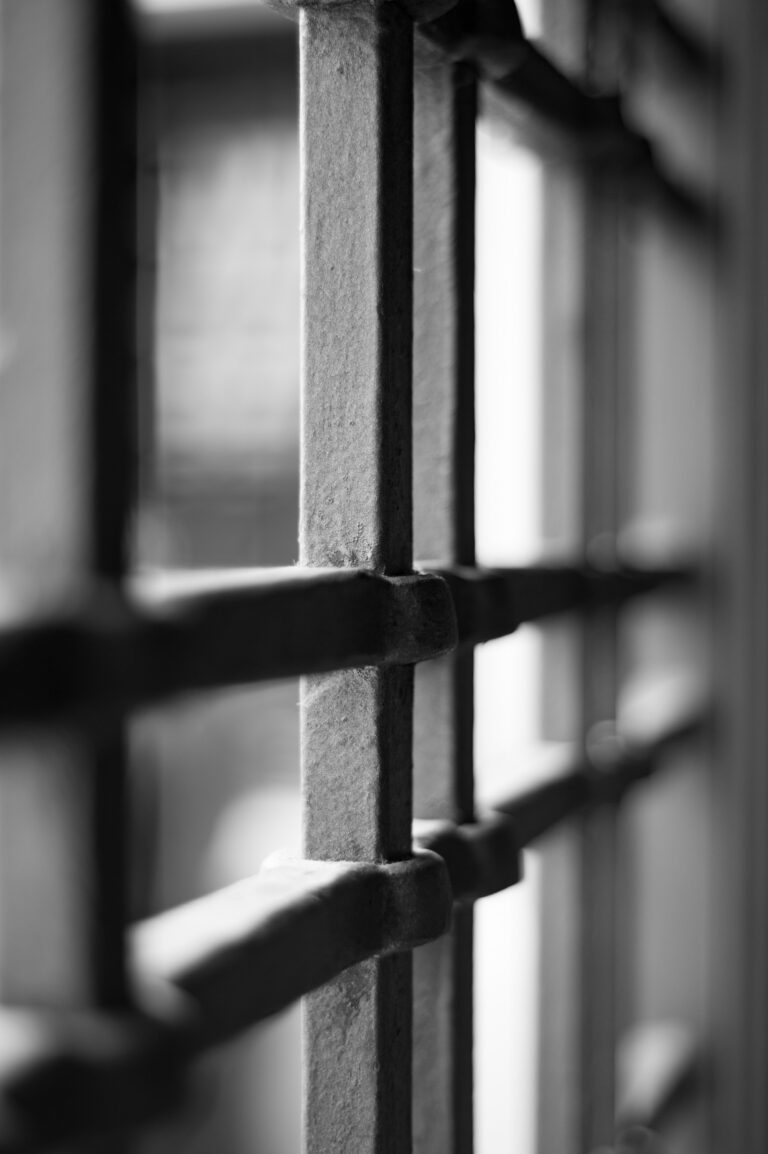

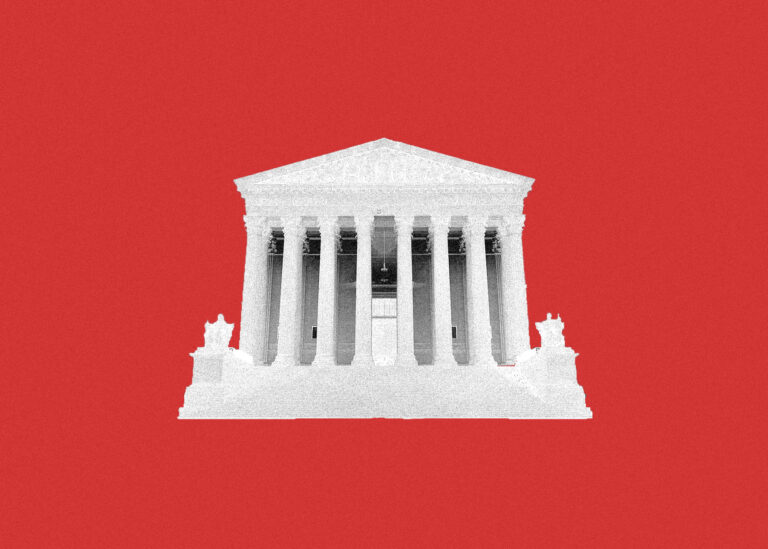

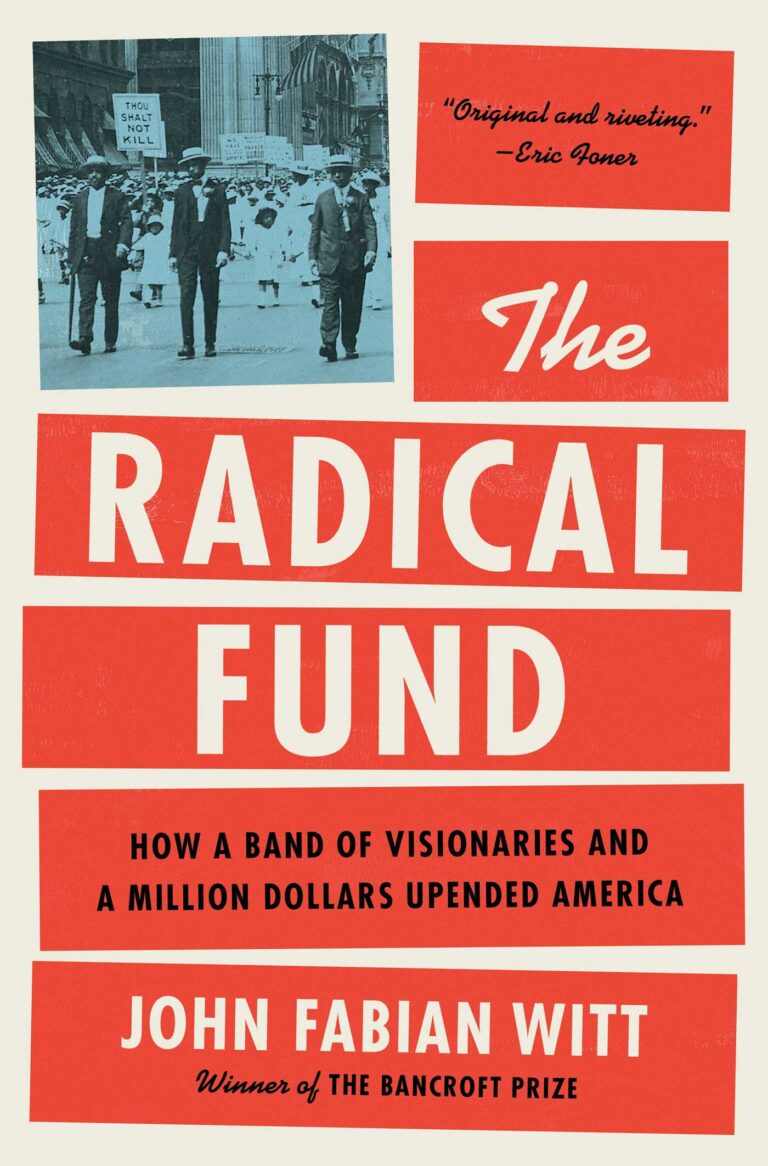
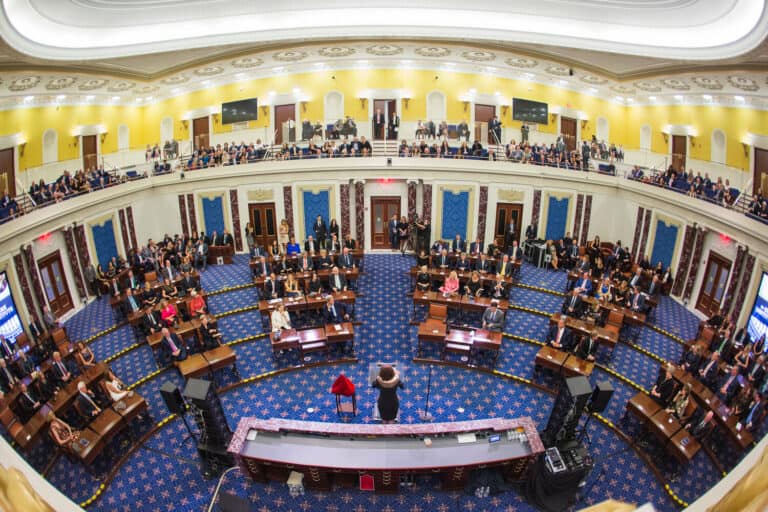

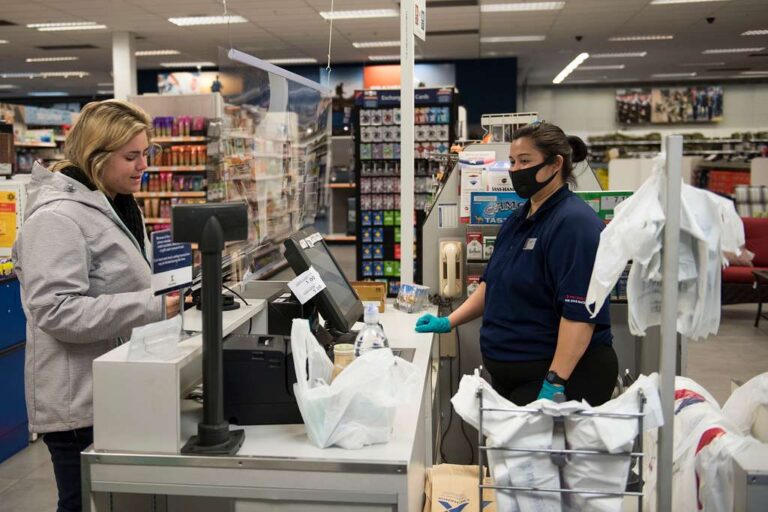
Daily News & Commentary
Start your day with our roundup of the latest labor developments. See all
November 4
Second Circuit declines to revive musician’s defamation claims against former student; Trump administration adds new eligibility requirements for employers under the Public Service Loan Forgiveness program; major labor unions break with the AFGE's stance on the government shutdown.
November 3
Fifth Circuit rejects Thryv remedies, Third Circuit considers applying Ames to NJ statute, and some circuits relax McDonnell Douglas framework.
November 2
In today’s news and commentary, states tackle “stay-or-pay” contracts, a new preliminary injunction bars additional shutdown layoffs, and two federal judges order the Trump administration to fund SNAP. Earlier this year, NLRB acting general counsel William Cowen rescinded a 2024 NLRB memo targeting “stay-or-pay” contracts. Former General Counsel Jennifer Abruzzo had declared that these kinds […]
October 31
DHS ends work permit renewal grace period; Starbucks strike authorization vote; captive-audience ban case appeal
October 30
Sweden’s Tesla strike enters its third year; Seattle rideshare drivers protest Waymo’s expansion in the city.
October 29
9th Circuit rejects challenge to NLRB's constitutional structure; preemption challenges to state labor peace statutes